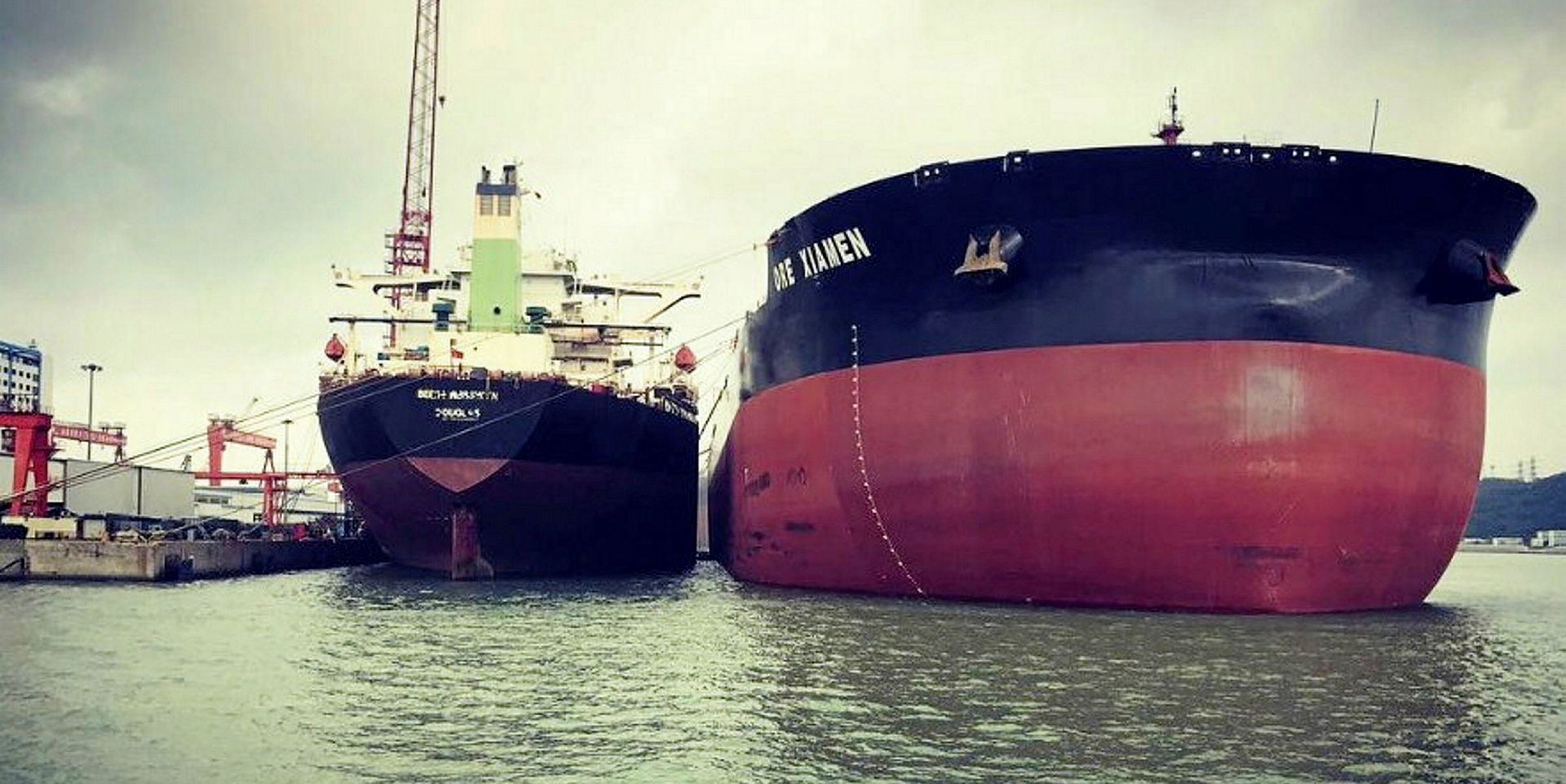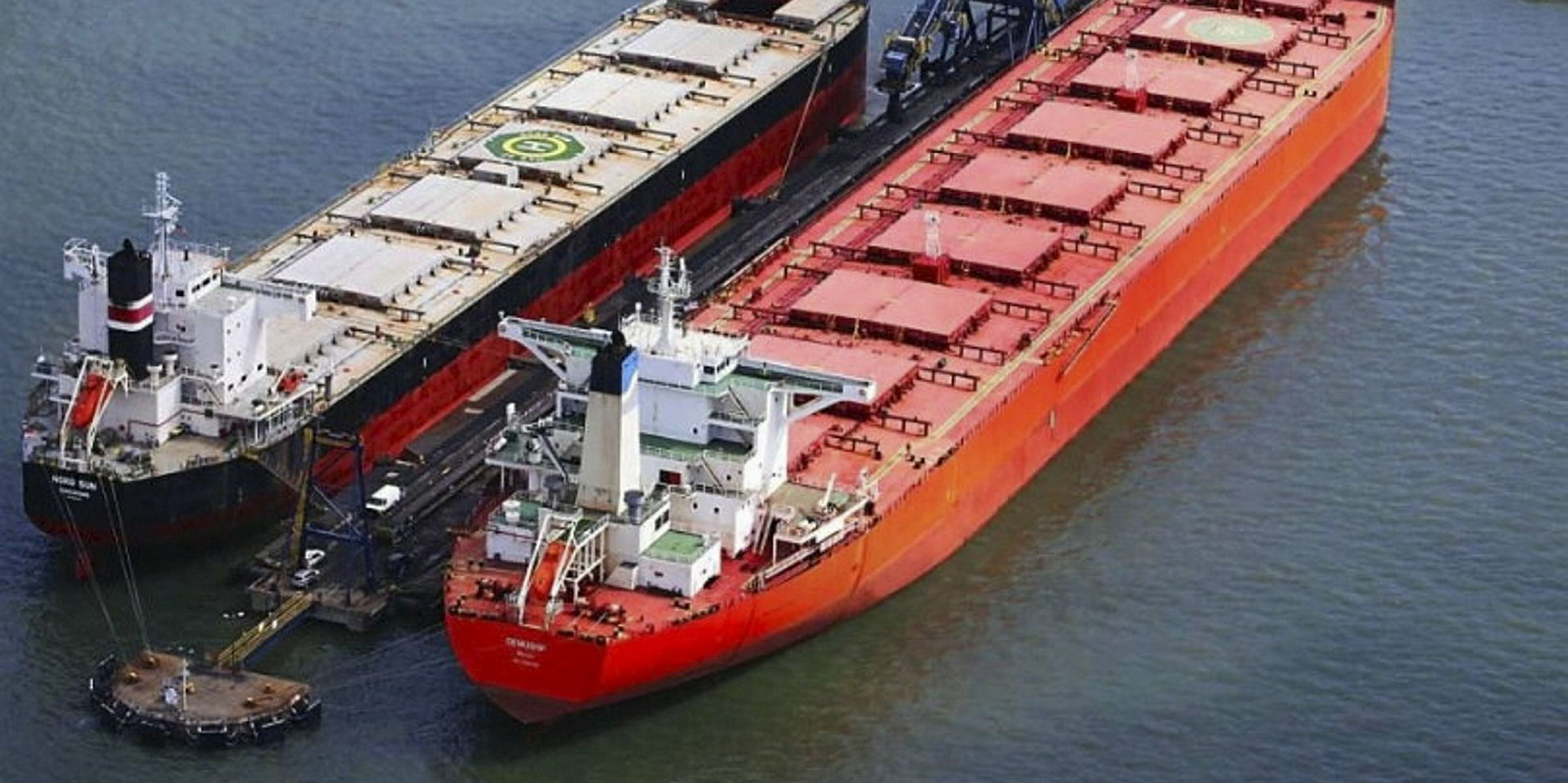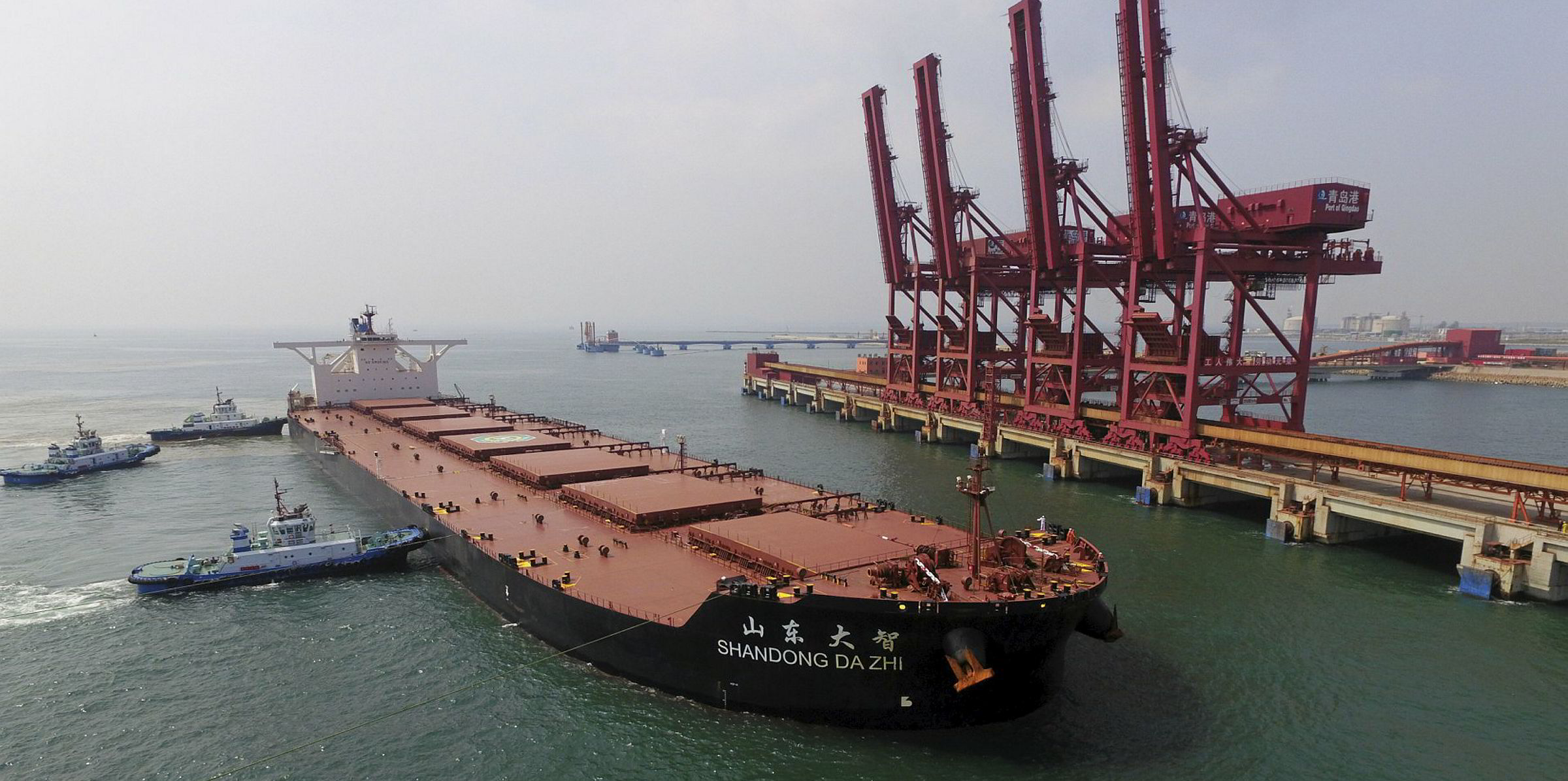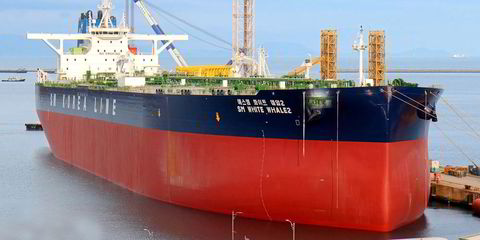The Baltic Dry Index (BDI) posted another loss on Monday as fuel price spreads hit larger bulk carrier segments.
The bunker hit has been felt primarily in the capesize sector, where the majority of ships do not have scrubbers.
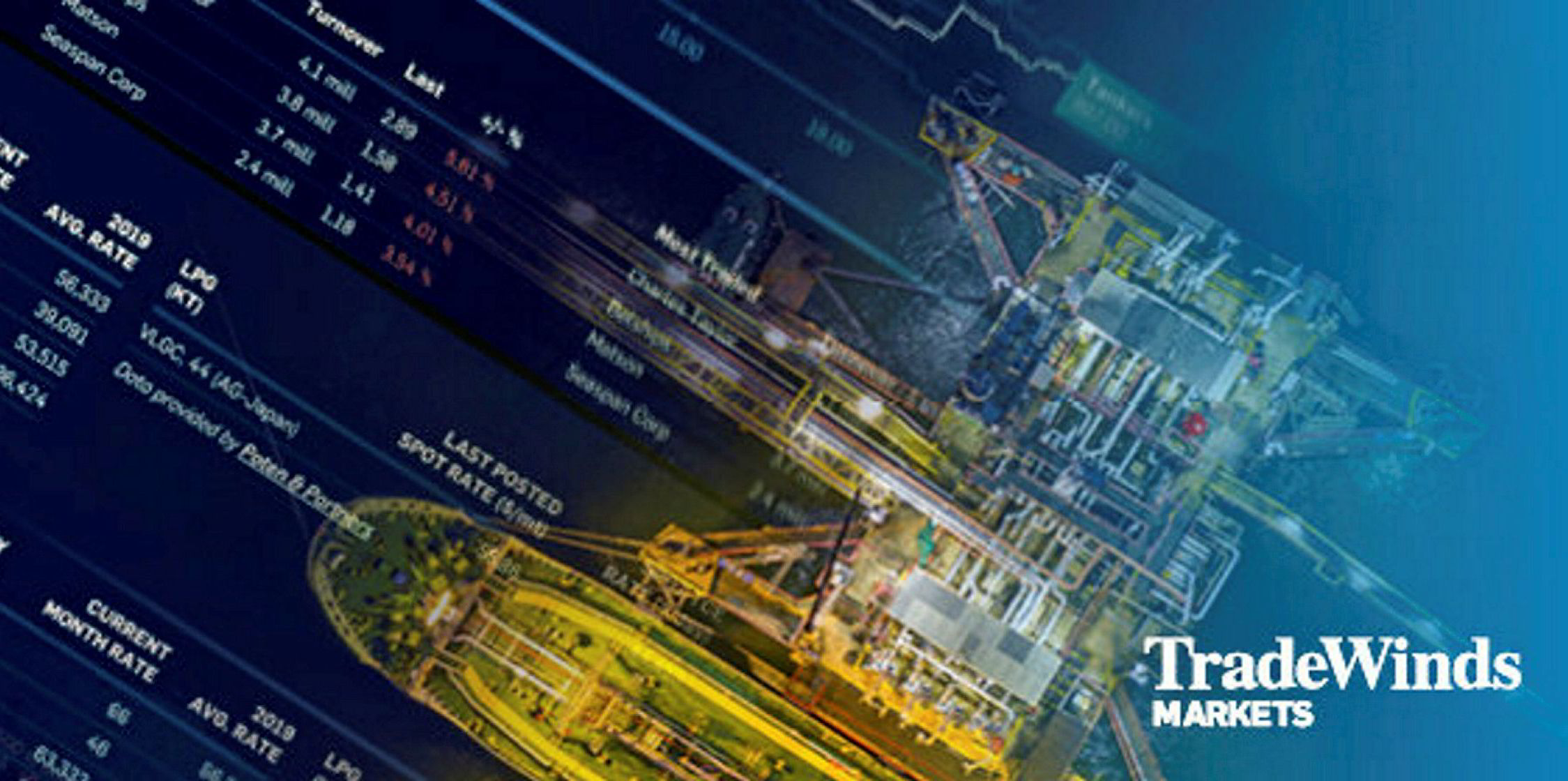
TradeWinds has launched a markets data platform as the latest step in improving our services to subscribers.
The BDI fell 25 points from Friday's level to reach 729 points, its lowest point since late April last year.
Capesize spot rates fell again Monday, with the market in the Atlantic softening after spending a couple of weeks trading at a slight premium to rates in the Pacific basin, thanks to tight tonnage availability.
The weighted time-charter average for the Baltic Capesize Index's five major benchmark routes (5TC) was assessed on Monday at $7,760 per day, down by $592 since Friday.
A month ago, the 5TC rate was assessed at $14,451 per day.
Brokers told TradeWinds that the capesize spot market is "lacklustre generally", for which much of the blame can be laid on the bunker market.
One broker told TradeWinds that the tonnage list in the Pacific appears to be building, pressuring rates in the basin.
Owners have been trying to keep the sea time short while the spread between very low-sulphur fuel oil (VLSFO) and intermediate fuel oil (IFO) remains high, the broker continued.
Only a small percentage of the world's capesize fleet is fitted with scrubbers, leaving the segment exposed to price volatility for IMO 2020-compliant fuels.
Compared to the situation in other international bunkering hubs, the spread between the more expensive VLSFO and IFO 380 fuel is widest in Singapore, where there is currently around a $298 differential in prices, according to Fearnleys.
Fixing activity for capesizes on the Brazil-China route has all but dried up, with just a few sparse fixtures ex-Australia stepping into the breach.
Two fixtures were reported on the Australia-China route on Friday at $6.90 and $6.98 per tonne.
A week earlier, capes were being fixed on the same route at around the $7.40 per tonne mark.
On Friday, the Baltic Exchange's market report commented that "voyage rate declines in the Pacific are putting earnings firmly sub-opex [operating expenditure] levels".
Panamax market
A similar pattern is emerging in the panamax market, but to a less dramatic extent.
Panamax spot rates in the Pacific have firmed following an uptick in fixing activity for round-trips across the basin and from China and South Korea to Europe.
Trans-Atlantic activity, however, has been low and rates fell on Monday on Baltic benchmarks in the basin as tonnage slowly builds up in the basin.
The weighted time-charter average for the Baltic Panamax Index's five major benchmark routes was assessed on Monday at $7,791 per day, down $39 since Friday.
Supramaxes: all over the place
Picking out market trends in the supramax and ultramax markets is much more difficult.
Brokers told TradeWinds that sentiment remains "average" and that it's hard to tell whether conditions this week are any better than seen last week.
Rates in the Far East are particularly poor at present, with hefty ballast bonuses being offered to vessels to tempt them to head to the region.
Last Thursday, for example, saw Reederei Zurich's 58,087-dwt supramax Aventicum (built 2010) earn a $250,000 ballast bonus for a prompt timecharter trip from the North Pacific carrying petcoke, redelivering in China.
The vessel was reported fixed to an unnamed charterer at $7,750 per day.
The various ups and downs on supramax benchmark routes caused the Baltic Supramax Index's weighted time-charter average to remain static at $6,156 daily on Monday, the same as on Friday.
